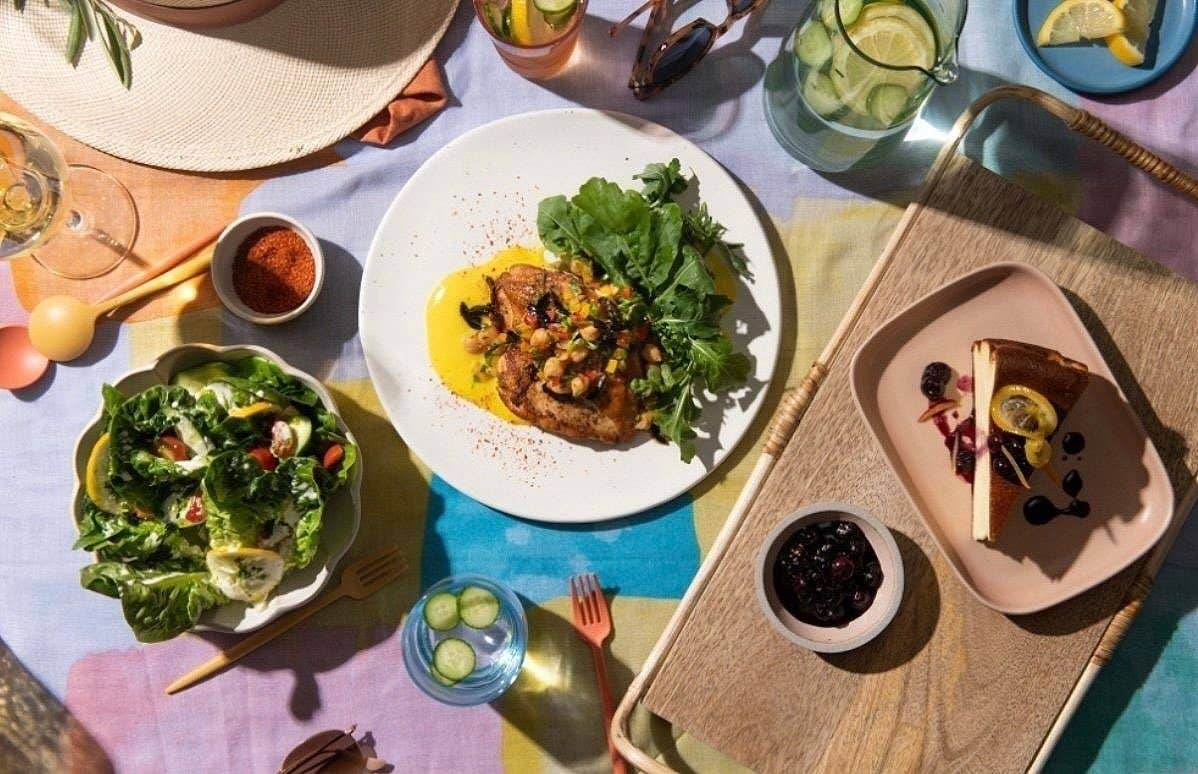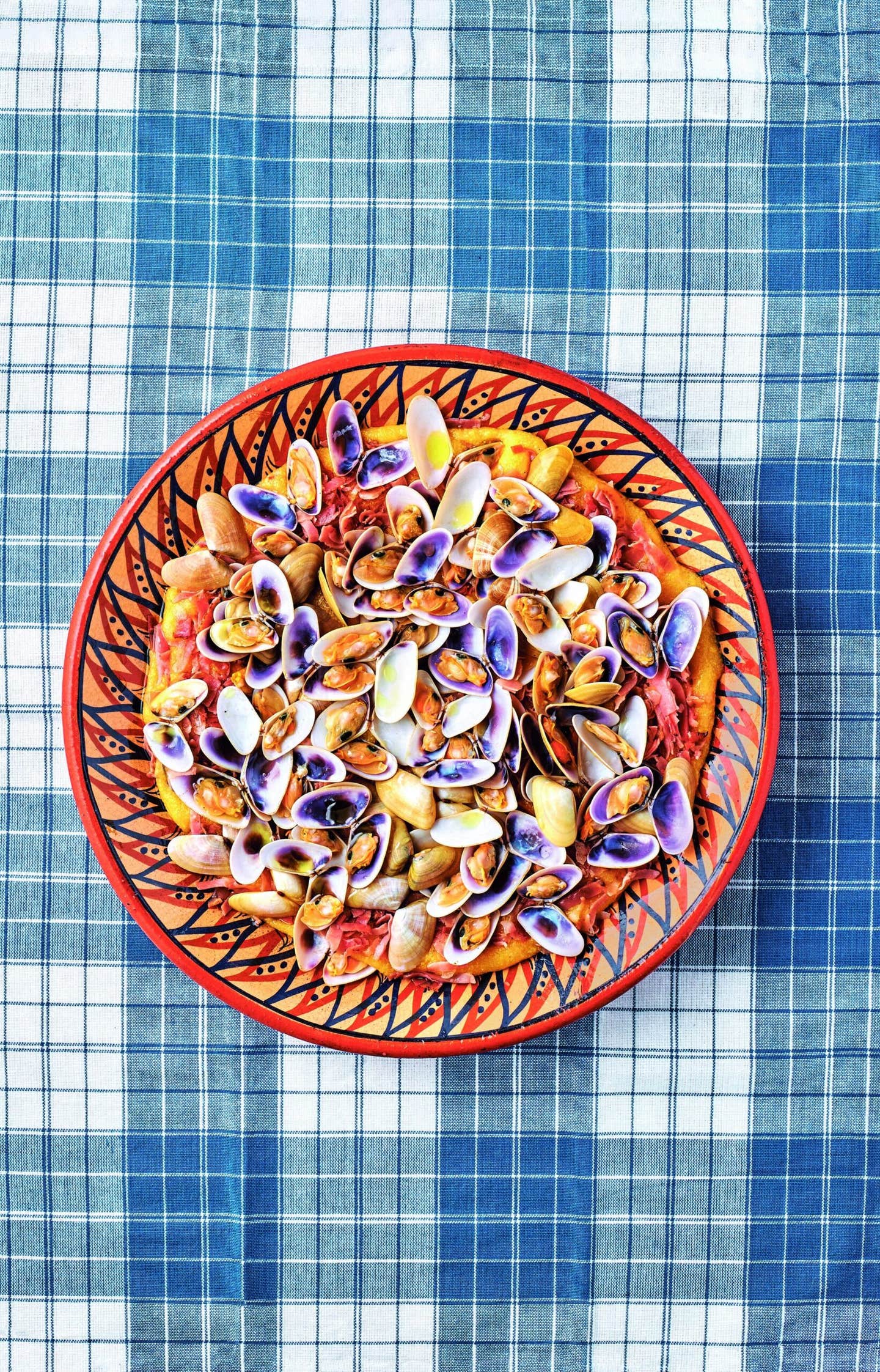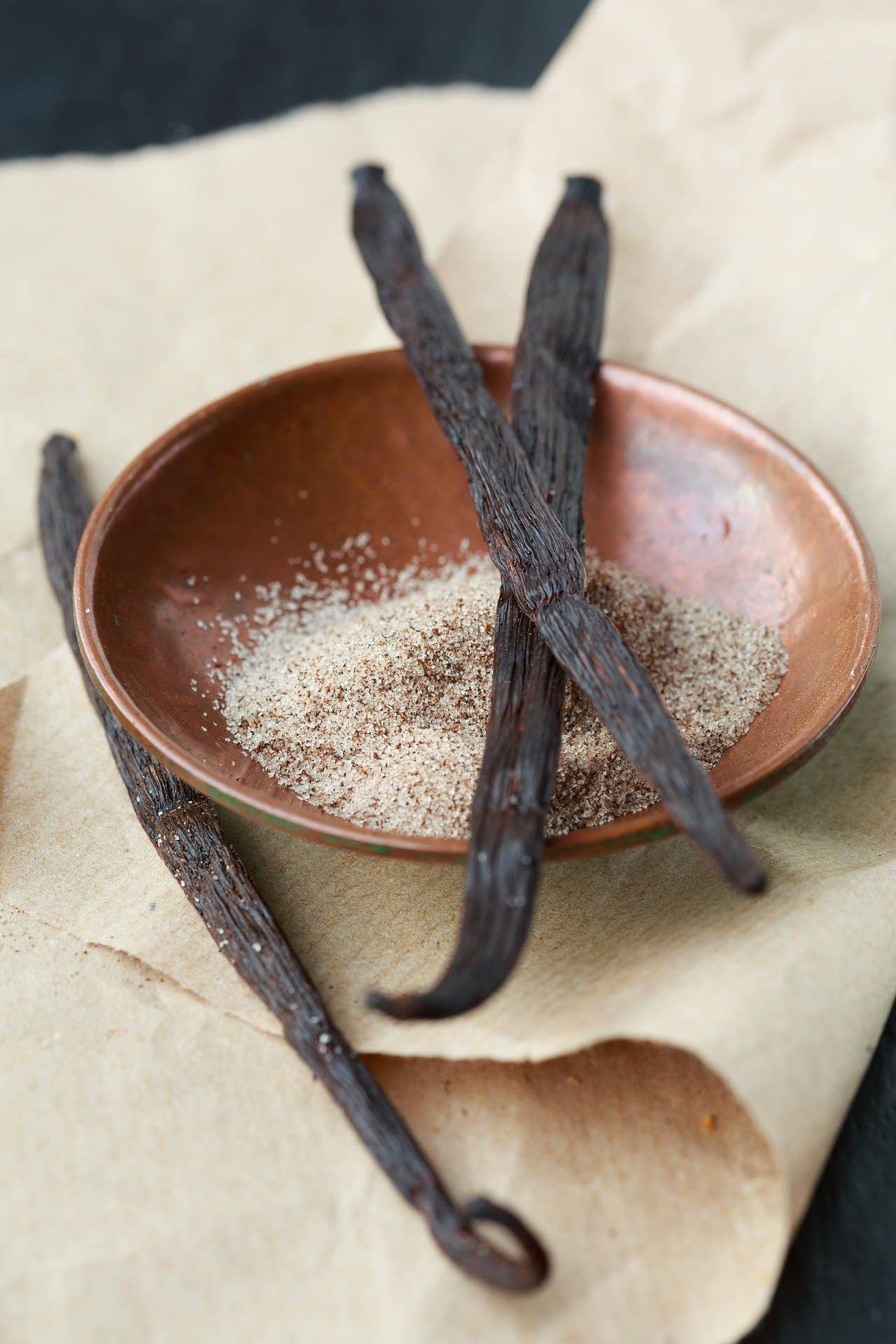Maize is the foundation of Mesoamerican societies and arguably Mexico’s greatest gift to the world. First domesticated thousands of years ago, maize gave rise to complex agricultural, social, economic and religious systems from the Olmecs to the Mayans, Zapotecs to Mixtecs, and every indigenous culture in between.
For the native people of Mesoamerica, the sacred grain was considered a gift from the gods. In the Mayan book of creation, Popol Vuh, humans were molded from masa, or corn dough. Rituals involving maize marked the beginning and end of life as well as each stage of the harvest.
But ancient domesticated maize was different than our modern variety. It was transformed into a superior dietary staple by a complex process known as nixtamalization. Nixtamalization involves soaking ripe maize grains in an alkalized solution of water and calcium hydroxide, commonly known as lime. The process removes the skin on the grains, makes grinding easier and enhances flavor. Most important, nixtamalization drastically increases the grain’s nutritional value.
The rise of the great Mesoamerican civilizations may be a direct consequence of this invention. Nixtamalized corn was ground on a metate to produce masa, which, like today, was used in hundreds of variations—from tortillas to tamales, atole to pozole. Together with beans, squash, and amaranth, the original diet of the Americas provided a near-complete source of nutrients on which ancient civilizations thrived for thousands of years.
During the sixteenth century conquest of Mexico, conquistadors who compared maize to their Eucharistic wheat suppressed its cultivation. They treated the sacred grain with disdain and relegated maize products, in their own homeland, to the fringes of society. This attitude even appeared in the country’s early cookbooks, where bread and European wheat were associated with the Spanish upper classes while maize made a rare appearance.
The Indigenismo movement that emerged during the Mexican Revolution (1910-1920) celebrated Mexico’s indigenous past and brought a revival of interest in its ancestral crops. Over time, attitudes shifted and a reverence for maize unified diverse ethnic groups and social classes. Today, more than a crop, maize is a cultural symbol intrinsic to Mexican identity.
Sadly, although Mesoamerica is the root of the origin story of maize, the cultivation of maize in Mexico has been threatened by policies and trade agreements that favor a genetically modified crop (GMO). Therefore most of the maize consumed in Mexico is imported to Mexico from the United States. The introduction of GMOs has obstructed the ancient tradition of seed exchange and threatened the future biodiversity of the 59 varieties of landrace maize.
A number of organizations, including Los Angeles’s own Masienda and Mexico City’s Tamoa, work to protect Mexico’s traditional corn economy by helping rural farmers bring back the genetic diversity of their land. Sourcing from milpas across the country, they provide a global market for farmers to sell their crops at a fair wage.
In contrast, non-profit organizations in Mexico such as Fundación Tortilla and Semillas de Vida have made it their mission to contribute to the knowledge, conservation and improvement of native varieties of maize and encourage their local consumption.
Cooks and farmers who, for centuries, have passed seeds from generation to generation, guard the land as hallowed ground and serve as stewards of their rich history and tradition.
The exhibition Maize: Past, Present and Future / Maiz: Pasado, Presente y Futuro will open at LA Cocina, an extension of LA Plaza de Cultura y Artes in DTLA early 2022. •





